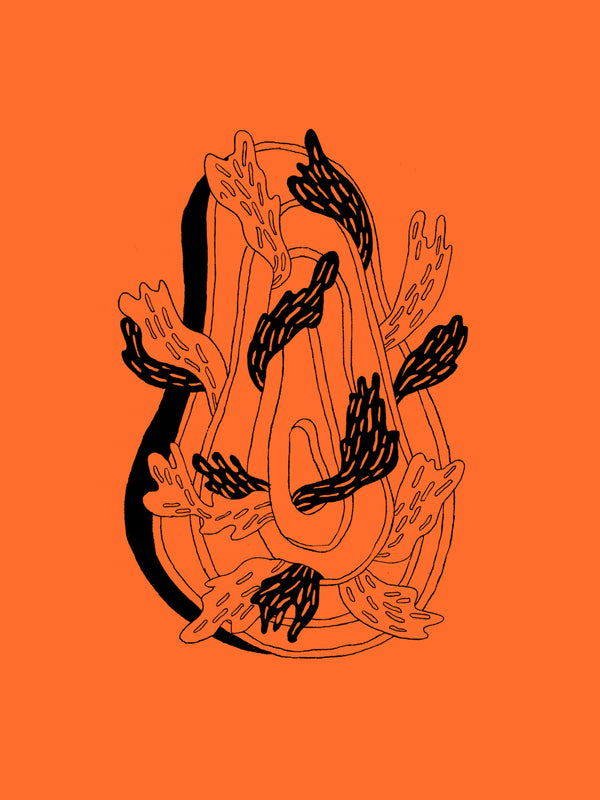Armed with knowledge of the past, no matter where we are in the world, we choose to pursue the unknown down the road not taken. Studying and learning from the land ultimately draws us closer to people who share the same affinity with nature and culture, sometimes leading to a withstanding bond that deepens with each collaboration we undertake together. One of our most irrevocably thrilling bonds was, and still is Thomas Frebel’s world of INUA in Japan. Out of countless discoveries and developments passed both up and down the noma totem pole, one that continues to make ripples within our creativity to this date is something we call “Pumpkin-bushi”.
A bid to utilize the skill and knowledge behind one of Japan’s most significant culinary creations and channeling it to uncover new flavors in the plant kingdom. The noma test kitchen counterparts in Japan in collaboration with Yusuke Sezaki-san of KaneshichiShoten endeavored to develop a method to treat fruit and vegetable like katsuobushi to produce what was agreed to dub “Vegetable-bushi”. A project that was first undertaken over four years ago, it was an incredibly time-intensive effort from both sides. Hours of weekly, sometimes daily phone and video calls between myself and Sezaki-san to discuss the latest developments on various ongoing projects.

How long should we age it before we start smoking? Should we peel and cut it or leave the skin intact? Should it be cut across or lengthways? Does it need more or less smoke? Does it need more or less heat? What’s coming into season that we should try to smoke next?
Trial and error at its finest, many “errors” and a few small successes happened to shift the focus to the humble pumpkin. The results? Sweet, savory, meaty and smoky. The initial success gave great motivation to polish the technique, a process that took many months more of fine-tuning. We’re extremely privileged to continue working with Sezaki-san of Kaneshichi Shoten to this day, who has been constantly one-upping the quality of our Pumpkin-bushi as the years go by, making it without a doubt one of our favorite condiments that exist in the noma pantry. Our recent residency in Kyoto allowed us to work much closer to Sezaki-san in real time; our planning for the present and the future only serving as proof that there are so many more exciting discoveries to be made together!

—
Shui has worked together with our team as co-head of R&D at the former INUA and joined Noma Kyoto as a sous chef in the kitchen during our pop-up. He is currently spearheading the exploration of the world of Japanese seaweeds with Sea Vegetables.
























































